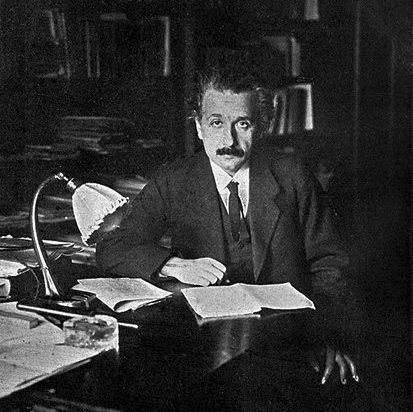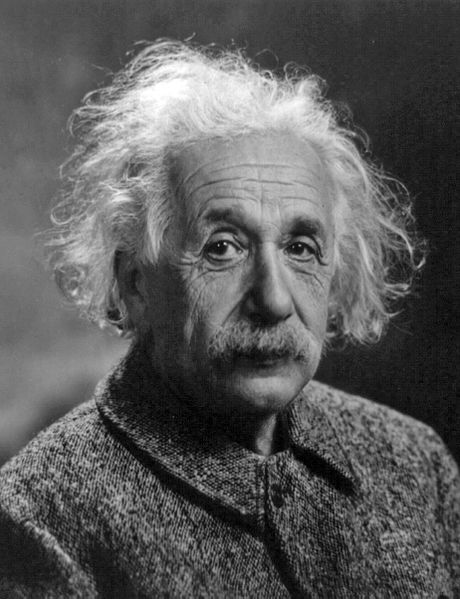Einstein’s brain was different from other people’s
A new study led by Florida State University evolutionary anthropologist Dean Falk has revealed that portions of the brain of Albert Einstein are unlike those of most people. The differences could relate to Einstein’s unique discoveries about the nature of space and time. Falk’s team used photographs of Einstein’s brain, taken shortly after his death, but not previously analyzed in detail. The photographs showed that Einstein’s brain had an unusually complex pattern of convolutions in the prefrontal cortex, which is important for abstract thinking.
In other words, Einsteins’ brain actually looks different from yours or mine. Falk and her team published their work on November 16, 2012 in the journal Brain.
This
is an actual photo of Einstein’s brain, which was preserved in formalin
by pathologist Thomas Harvey after Einstein’s death in 1955. A new
study of this photo and others of Einstein’s brain reveal an unusually
complex pattern of convolutions in the prefrontal cortex, which is
important for abstract thinking. Photo via the National Museum of
Health and Medicine in Silver Spring, Maryland.
A 1920 photo of Einstein in his office at University of Berlin, released in the U.S. in 1920. Photo via Wikimedia Commons.
How did Einstein’s brain come to undergo so much scrutiny? Pathologist Thomas Harvey performed an autopsy on Einstein shortly after his death in 1955. At that time, he removed Einstein’s brain and preserved it in formalin. He took dozens of black-and-white photos of the brain. Later, he cut Einstein’s brain up into 240 blocks, took tissue samples from each block, mounted them onto microscope slides and distributed the slides to some of the world’s best neuropathologists.
So studies of Einstein’s brain began, although the first detailed one didn’t appear for 30 more years. In 1985, a study revealed that two parts of Einstein’s brain contained an unusually large number of non-neuronal cells – called glia – for every neuron, or nerve-transmitting cell in the brain. Ten years after that, Einstein’s brain was found to lack a furrow normally seen in the parietal lobe. Scientists at that time said the missing furrow might have been related to Einstein’s enhanced ability to think in three dimensions, as well as to his mathematical skills.
Now the most recent study, by Falk et. al., suggests that the pattern of convolutions in Einstein’s prefrontal cortex looks different from most people’s. And if all this talk of removing Einstein’s brain, and photographing it, seems a bit ghoulish, well, the science journal Nature explains it this way:
Albert Einstein is considered to be one of the most intelligent people that ever lived, so researchers are naturally curious about what made his brain tick.
Einstein
in 1947, at the age of 68. His special and general theories of
relativity altered the way physicists, and the rest of us, think about
space and time.
Another example: Einstein altered scientists’ pre-existing understanding of gravity, and, in so doing, changed the way we think about the structure of space. In simple terms, Einstein said that matter causes space to curve. That’s what Einstein’s brain suggested to him and, ultimately, it’s what caused the 20th century revolution in physics.
Einstein’s ability to think abstractly – to think about fundamental properties of the universe in ways no one ever had – is why he’s considered the father of modern physics and the most influential physicist of the 20th century.
Bottom line: Florida State University evolutionary anthropologist Dean Falk led a study showing that portions of the brain of Albert Einstein are different from those of most people. Falk’s team used photographs of Einstein’s brain, taken shortly after his death, and showed that Einstein’s brain has an unusually complex pattern of convolutions in the prefrontal cortex. This part of the brain is important for abstract thought. Falk and her team published their work on November 16, 2012 in the journal Brain.
source: http://earthsky.org/human-world/einsteins-brain-was-different-from-other-peoples



Tiada ulasan:
Catat Ulasan